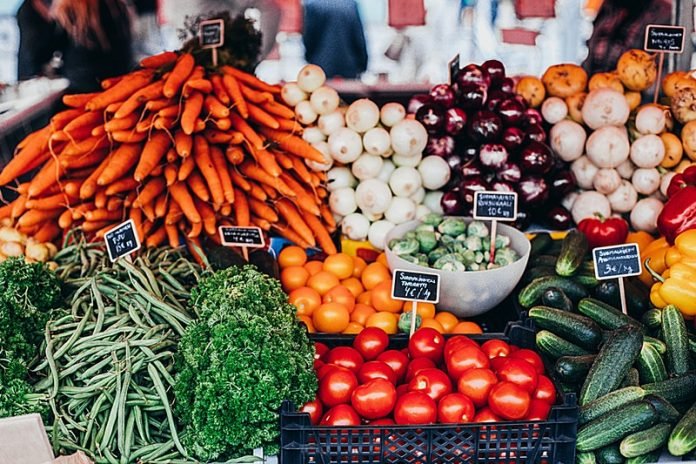
Many of us vowed to eat more healthfully but don’t know how to begin.
Here are some grocery store guidelines to reduce the amount of dietary fat, sugar and salt that is associated with a higher risk for obesity, heart attack, diabetes and other diseases.
Make your meal healthier by substituting foods with lots of color from natural sources (not artificial colors) for foods that are white or brown.
Start in the produce section with fresh fruits and veggies, which are high in vitamins and fiber and low in fat.
But check labels on processed foods like guacamole or prepared salads with dressing; they may contain high amounts of fat, sodium and/or sugar.
In the dairy section, stick with low-fat where possible. Beware of flavored yogurts which can contain as much as half of the recommended daily allowance of sugar.
Recent research indicates that eggs are OK in moderation, but check with your doctor first.
At the butcher shop, lean meats (such as chicken) and fish are the healthiest alternatives. Processed meats (like lunchmeat or hot dogs) contain high amounts of sodium.
The bakery department can be tricky.
While breads and other baked goods can have a place at your dinner table, the hidden sugars and sodium in bread might surprise you.
Just two slices of packaged white sandwich bread may account for as much as a quarter of your recommended daily sodium intake.
Instead, select breads made from whole grains (NOT whole wheat), which can lower LDL (bad cholesterol) and decrease the risk of diabetes by almost a third.
The interior aisles of the grocery store are treacherous. Almost everything in a plastic wrapper is highly processed and loaded with fat, salt, sugar or all three.
If you spend a lot of time in the middle aisles, do a lot of label-reading and look for healthier substitutes. Plain canned beans in water are a good choice, as are some nuts and dried fruit.
Also, be aware of serving sizes per package: for example, canned soups are sometimes advertised as low sodium – but if the serving size is half a can and you’re accustomed to eating a full can of soup, you’ll be getting double the dose of sodium.
In the frozen food aisle, frozen veggies without added sauces and fruits without added sugar can substitute for fresh, Choose low-fat ice cream over regular versions.
Be very careful of frozen pizzas, dinners and snacks, which can be loaded with sodium.
Perhaps the easiest way to eat healthy is to make a grocery list that emphasizes naturally colorful foods – the more vegetables, the better—and stick to it.



